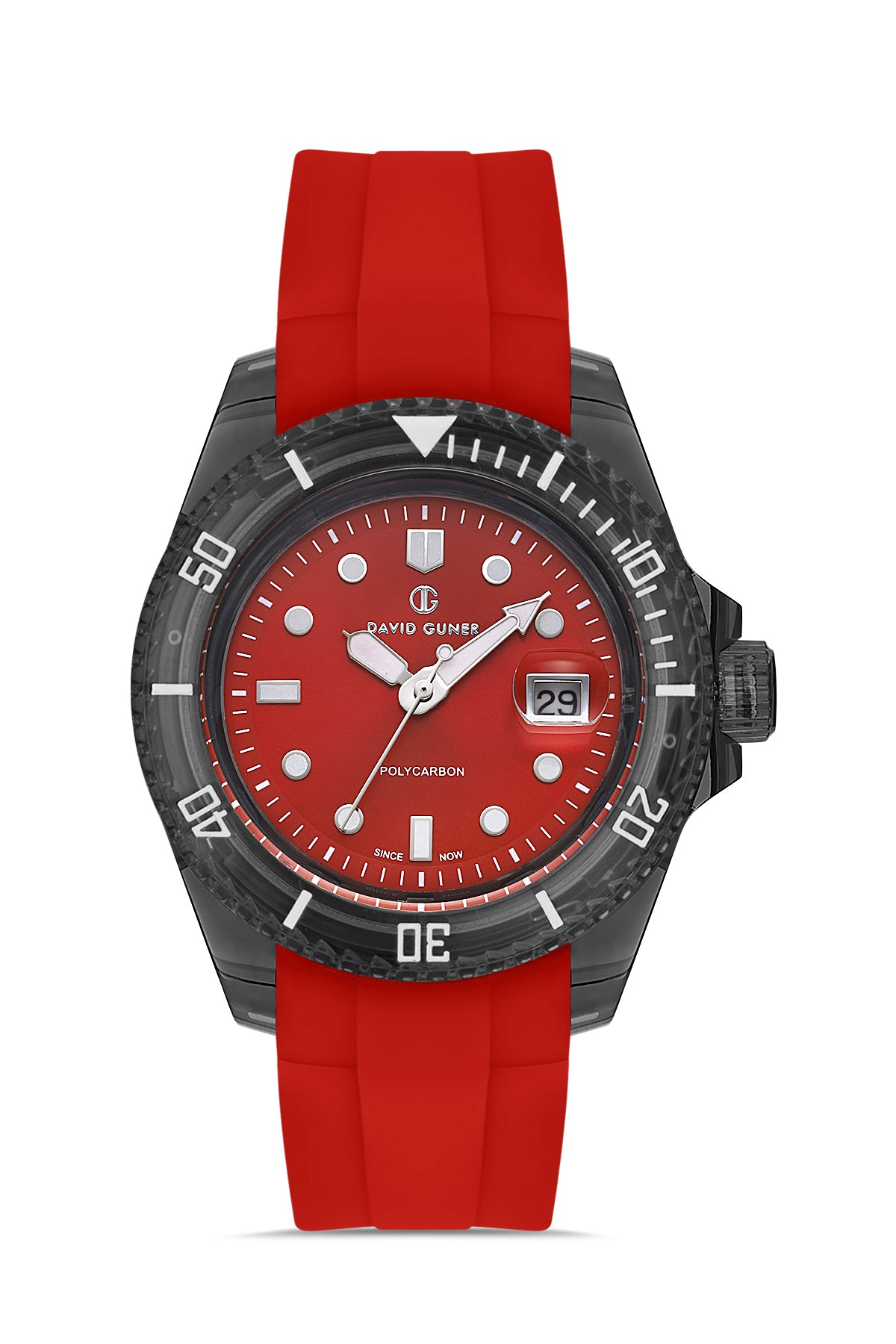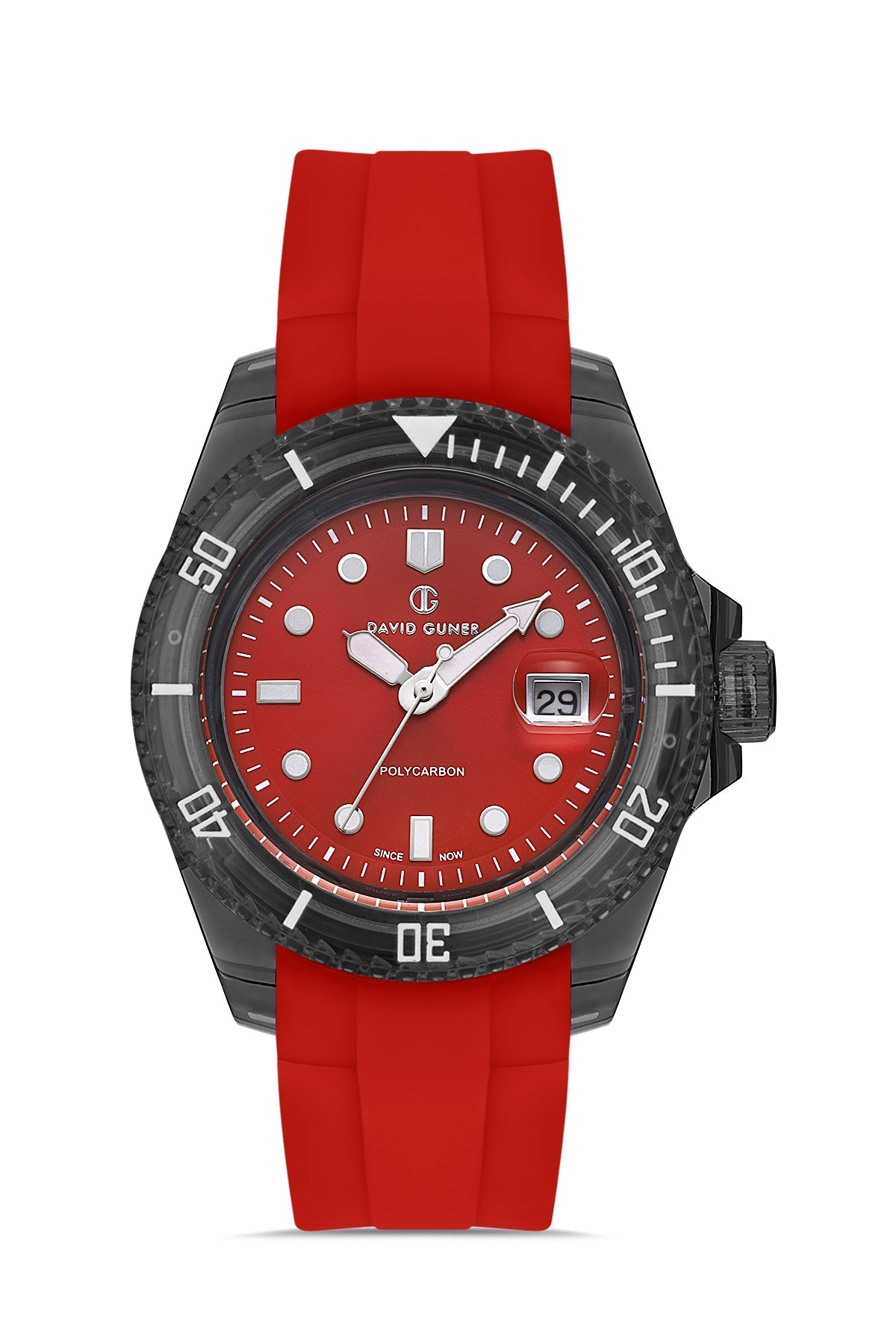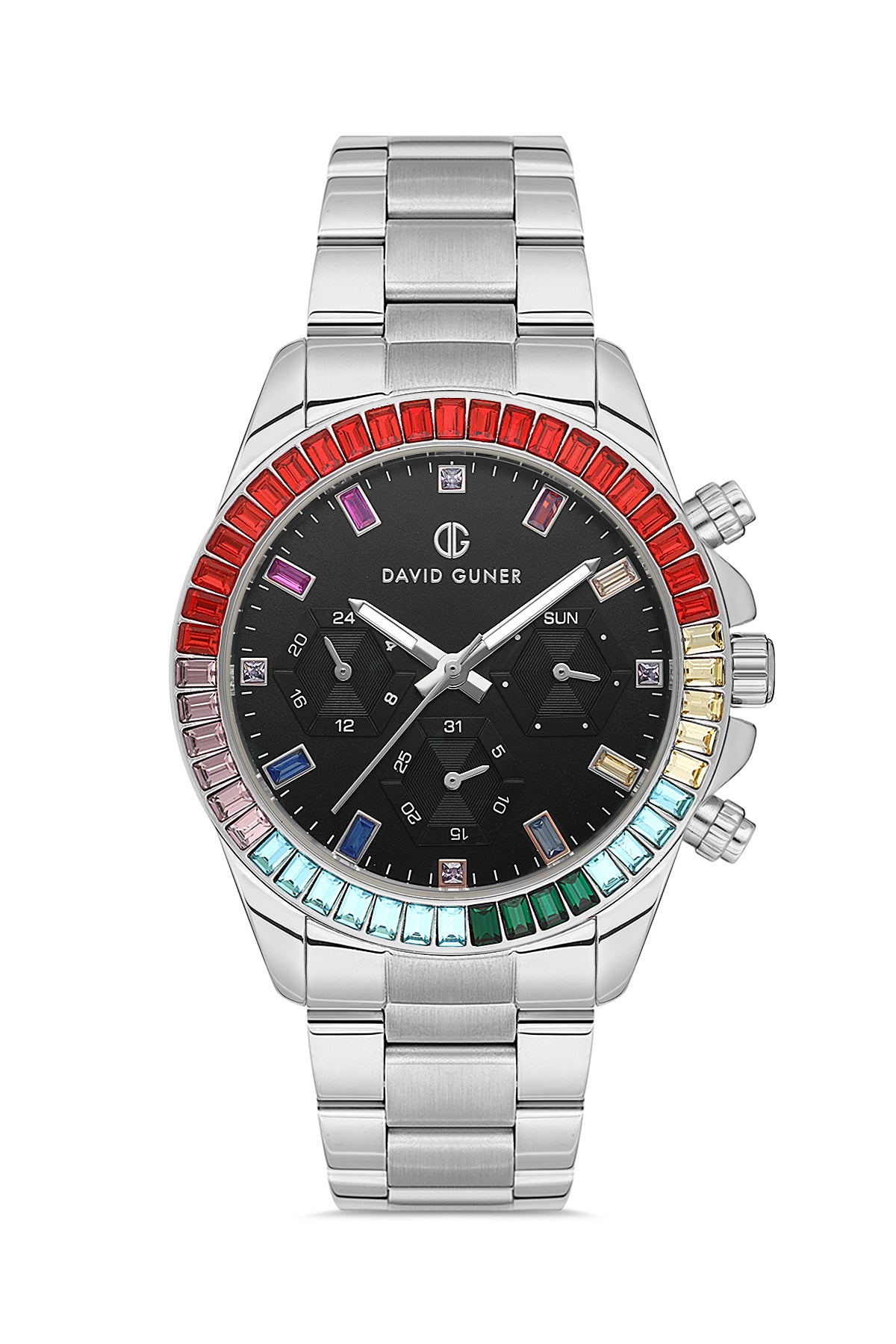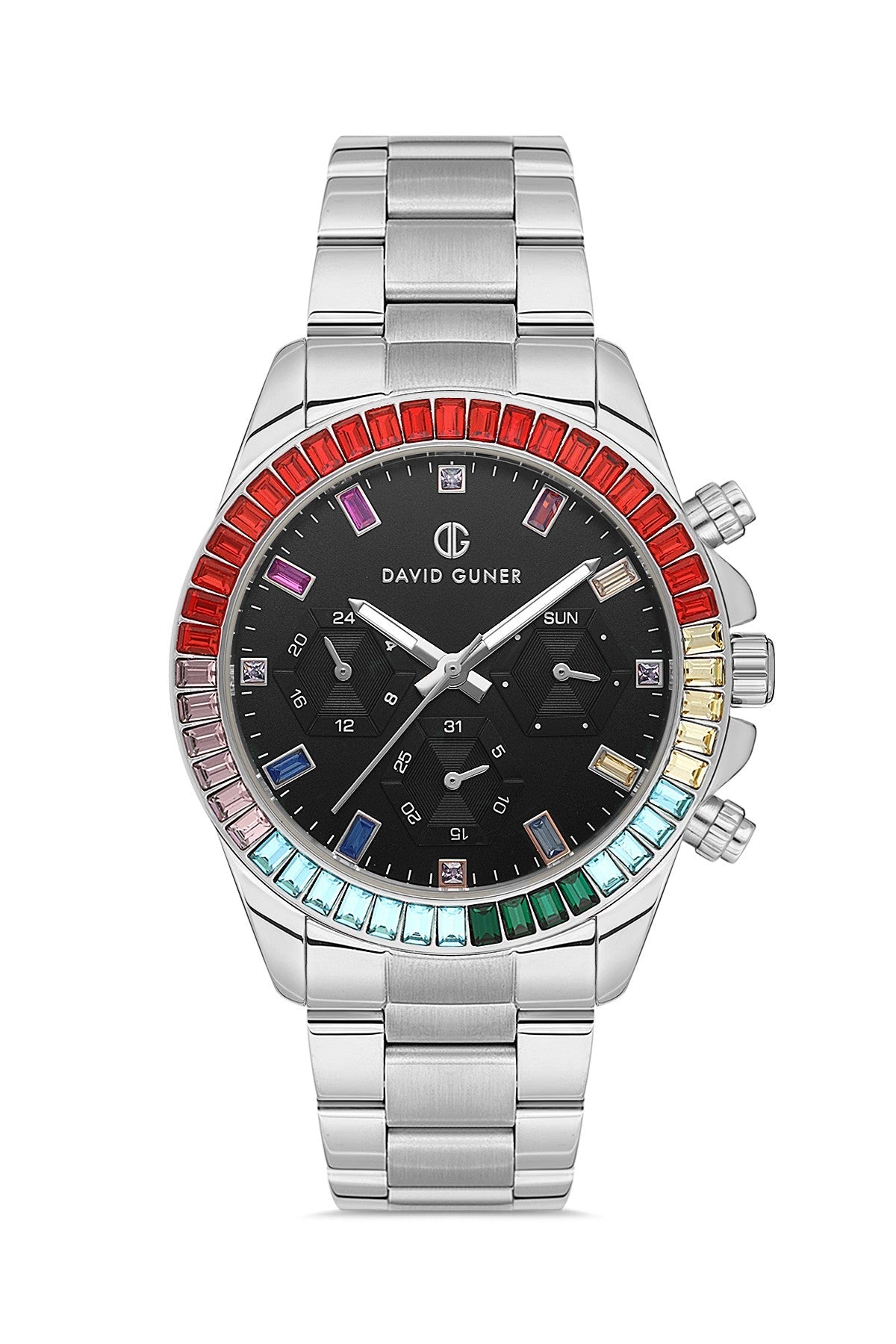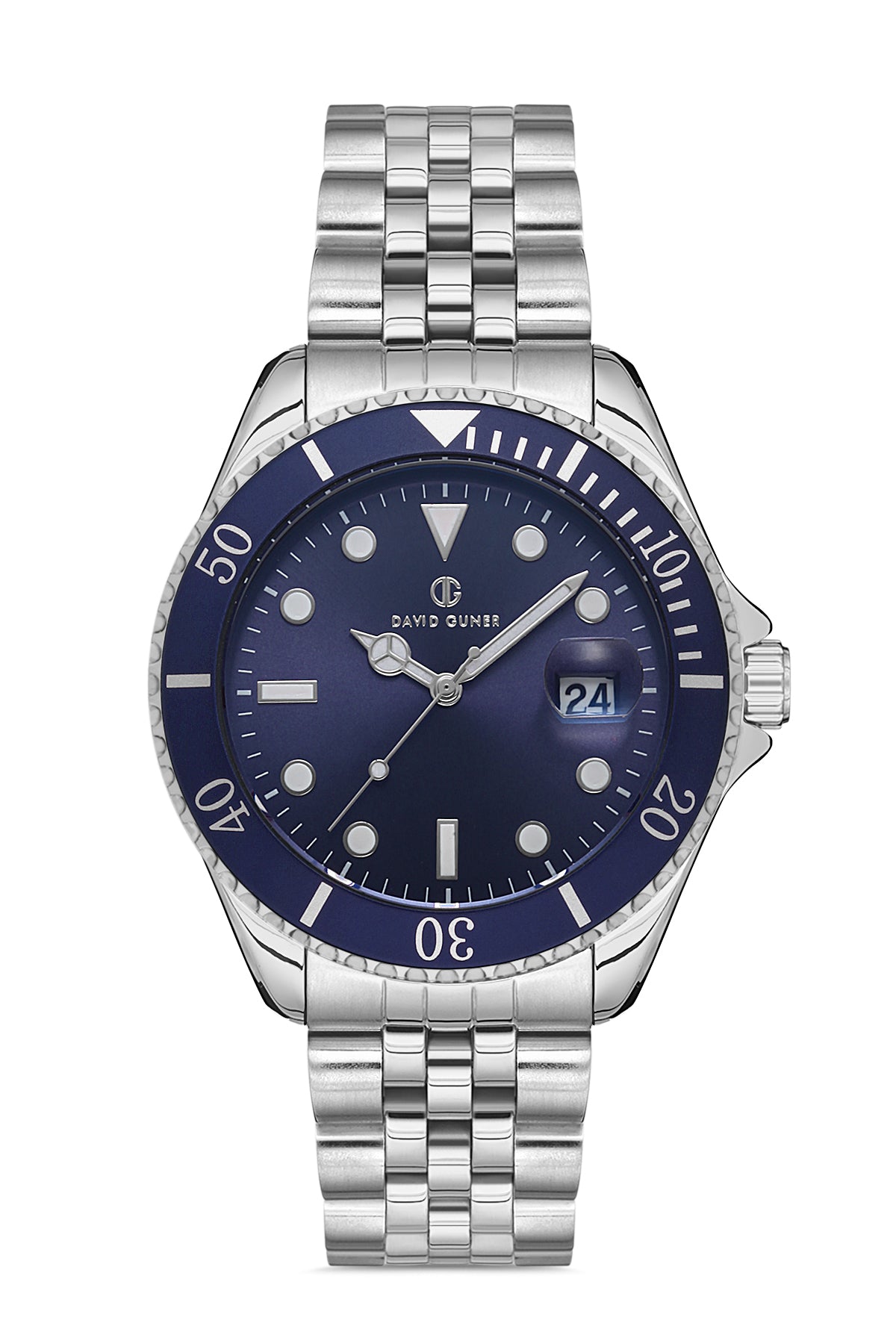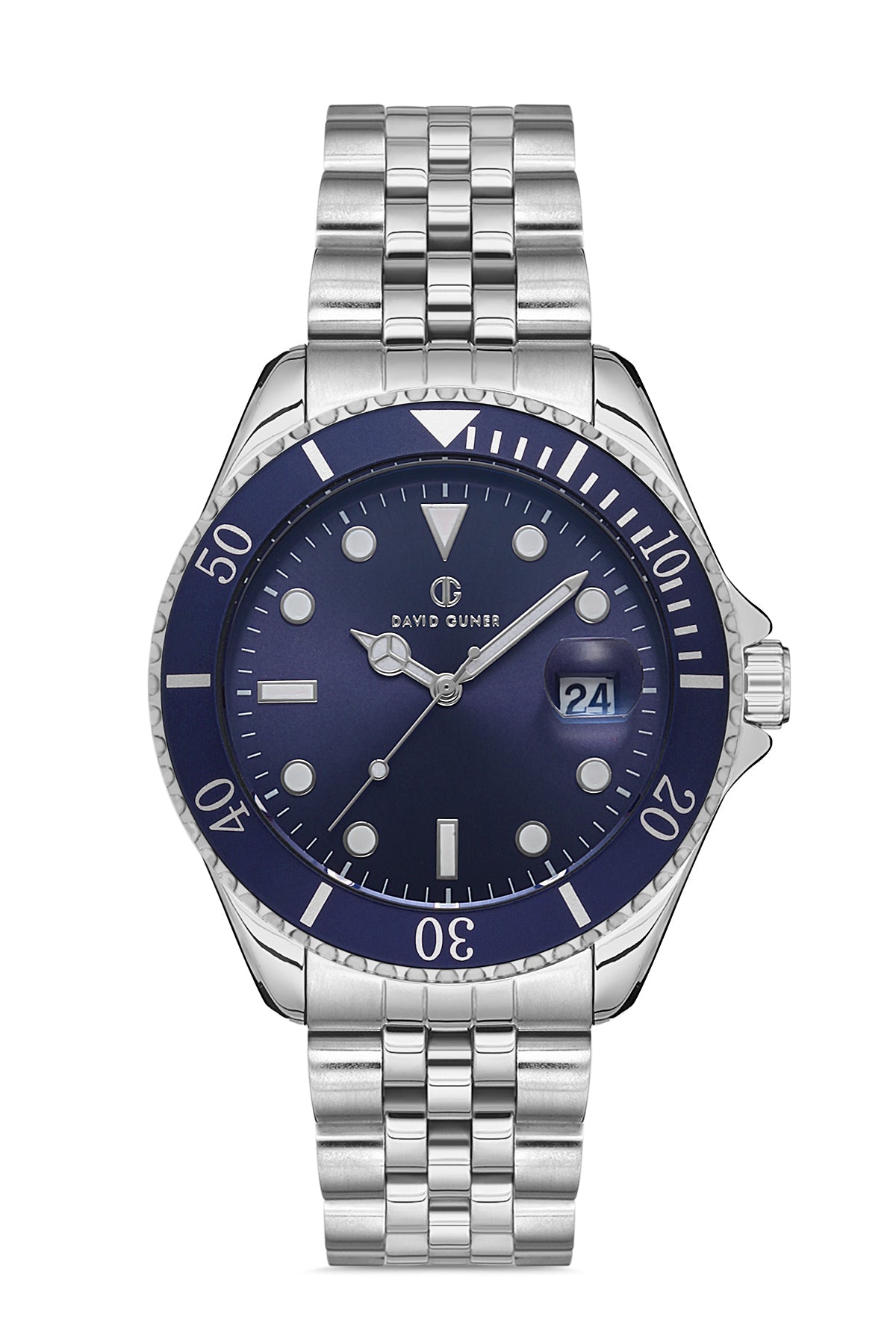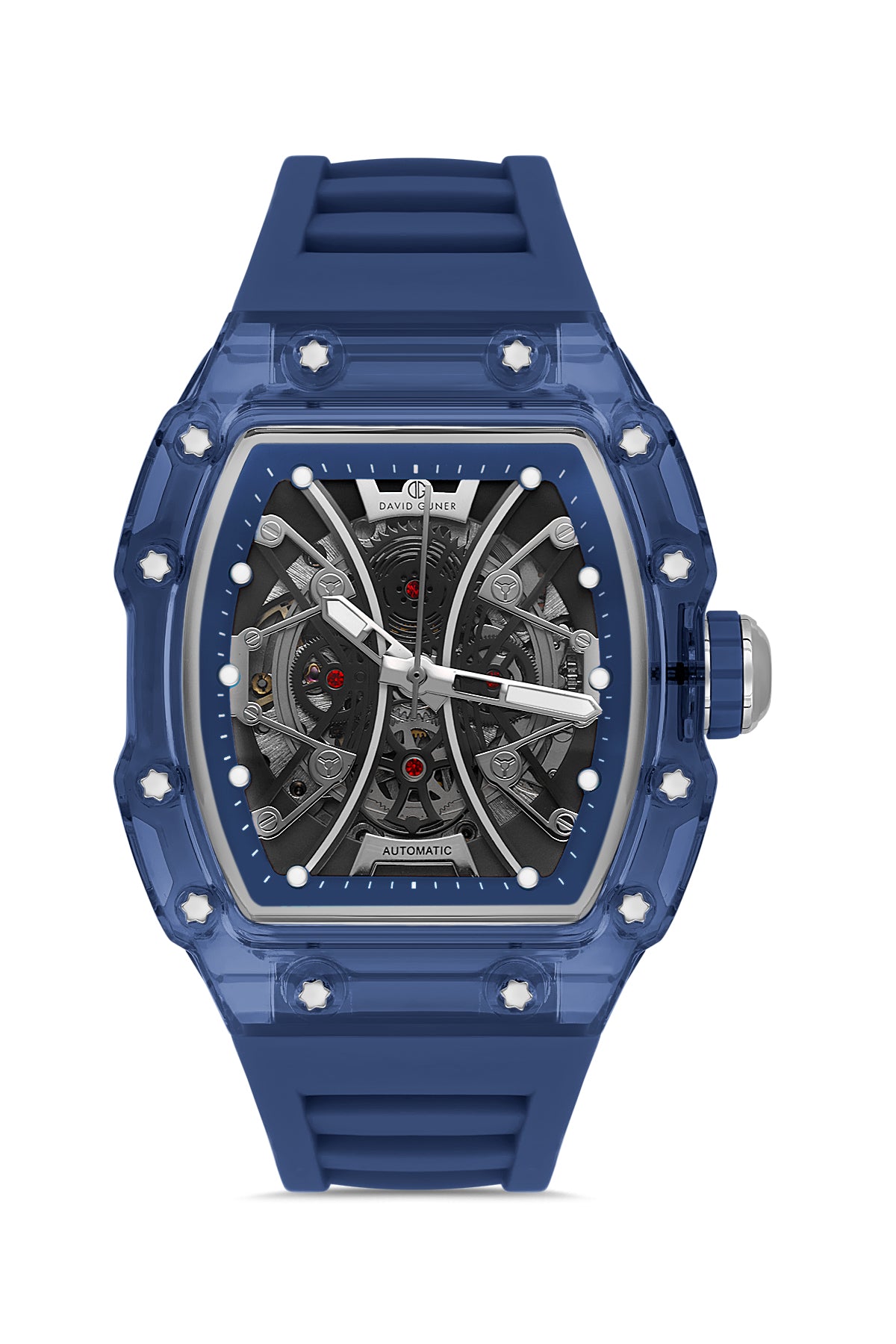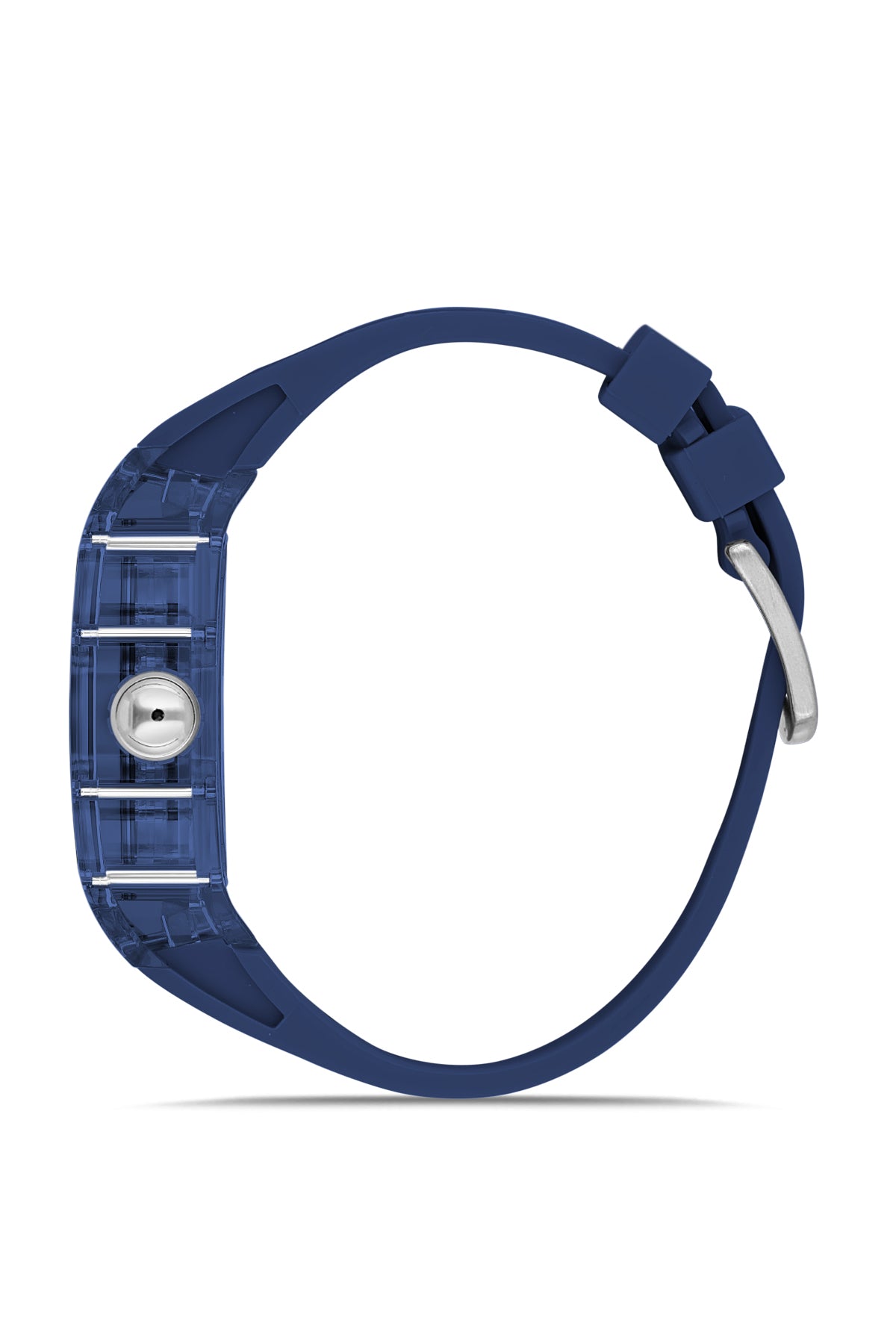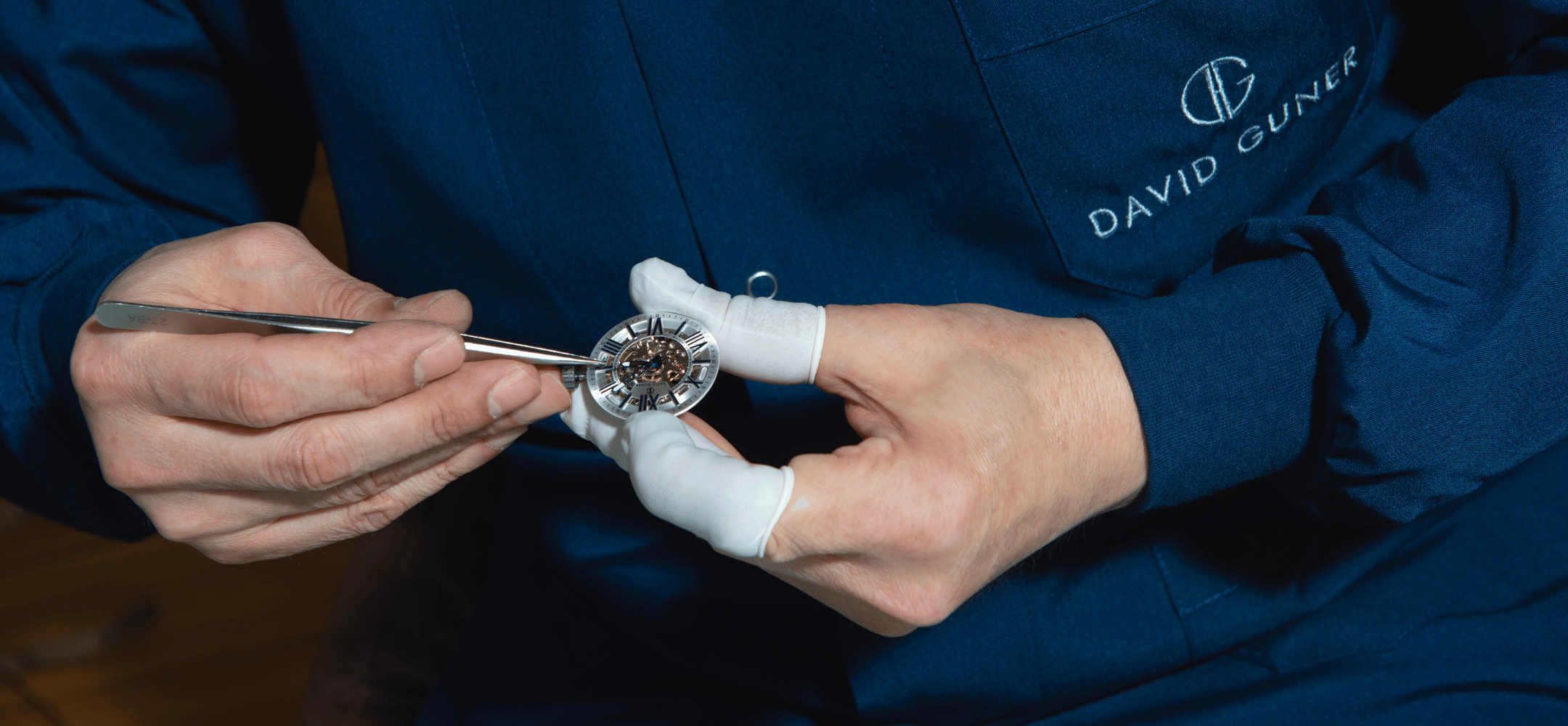The development process since the emergence of the watchmaking craft has reached a certain cultural and philosophical accumulation. With this accumulation of technical and technological development, watch types and mechanisms have also developed. Watch types have been diversified according to their intended use as Watch, wall clock and pocket watch, and various mechanisms and systems have been developed such as Quartz, mechanical and automatic.
Quartz watches, among the clock mechanisms, have a working mechanism powered by a battery. Quartz mechanism has the mechanism principle used in many types of watches today. Mechanical watches, on the other hand, work by winding the button at the top of the watch face. Winding the watch with a button has a system that allows the wheels of the clock mechanism to work with mechanical energy. The question of how an automatic watch works has a very different answer. Today, automatic watch mechanisms are produced and offered to users by priceless brands such as Panerai, Rolex and Vacheron.
What is an Automatic Watch?
In the most general terms, watches with automatic movements are mechanisms that produce self-operating energy and derive the source of this energy from human movement. In this case, the most basic question that can be asked is how automatic watches work. Automatic mechanical watch has a system that uses the kinetic energy generated by the movement of the person's wrist, which winds the mainspring in the mechanism and enables the internal wheels to work. Automatic watches, which work only with human energy without the need to wind the watch manually like mechanical watches, are similar to other watches in terms of internal gears.
The answer to the question of how automatic watches work becomes different with the addition of a weight called a rotor to the mechanism. The free movement of the rotor within the mechanism allows the watch to spread freely when worn on the wrist and with wrist movement, and thus enables the spring, which will provide energy to the internal mechanism of the watch, to be wound on the wheels. The winding movement of the spring produces kinetic energy for the mechanism and provides the working moment to the watch.
From the First Automatic Pocket Watch to a Watch: The Transformation of Perrelet's Miracle into Harwood's Mechanism
From past to present, automatic watches have gone through very important stages both in terms of their working logic and their energy-generating mechanism. The first watch produced with an automatic mechanism emerged in the late 1700s, when Louis Perrelet developed a system in which the center of gravity received its power source from the walking movement. This system is the first example that works with pocket watch design and principles. This system, later developed by Perrelet, created the first automatic Watch mechanism with a system adaptable to Watches, with watchmakers such as Sarton and Breguet making some improvements on the spring mechanism. In the early 1900s, British watchmaker Harwood designed a system that could rotate within itself depending on the movement moment of the weight mechanism, and the fully automatic watch mechanism used today became usable.
Advantages of Automatic Watch
Using automatic watches provides certain advantages. The advantages offered by automatic watches to users represent a development directly proportional to the use and prevalence of automatic watches. Automatic watches, which work with the kinetic energy produced by human movement, which is the answer to the question of how automatic watches work, turn the benefits offered by their unique mechanism into an advantage. The first of these advantages is that it does not need to operate on batteries. Therefore, it does not create an obligation for the user to change the battery of the watch. A second advantage is that automatic watches do not require winding like mechanical watches. In mechanical winding watches, after winding the watch, it is necessary to set it again according to the current time. The answer to the question of how to wind an automatic watch is to wear the watch on the wrist at least once a day or to shake the wrist slightly after wearing the watch. If an automatic watch will not be used every day, it will be sufficient for the watch to rest in a special winding device to keep the mainspring working.
Modern mechanical watches are mechanisms that have experienced the construction of the operating principle of the system through many trial and error stages. In some specially designed automatic Watches, thanks to the precious and durable glass back plates, the harmony and working harmony of the mainspring, cogs, rotor and spring mechanism of the watch mechanism and the rubies offer a different pleasure.







